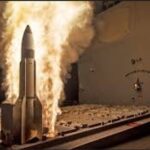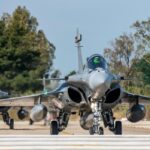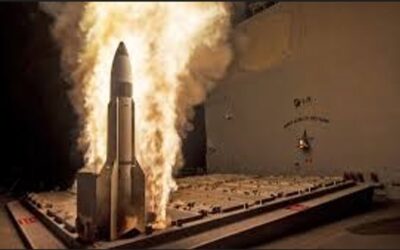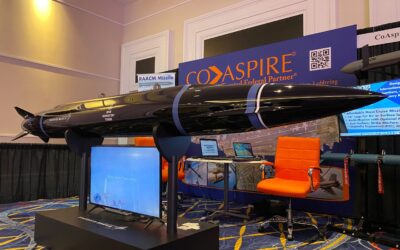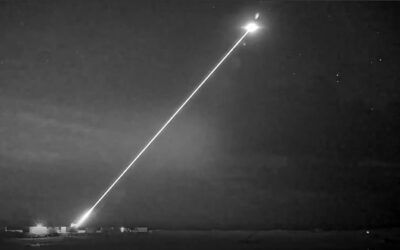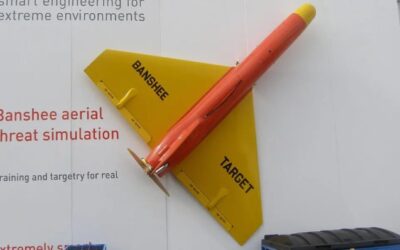In a historic first, US Navy Arleigh Burke-class destroyers deployed Standard Missile-3 (SM-3) anti-missile interceptors in combat…
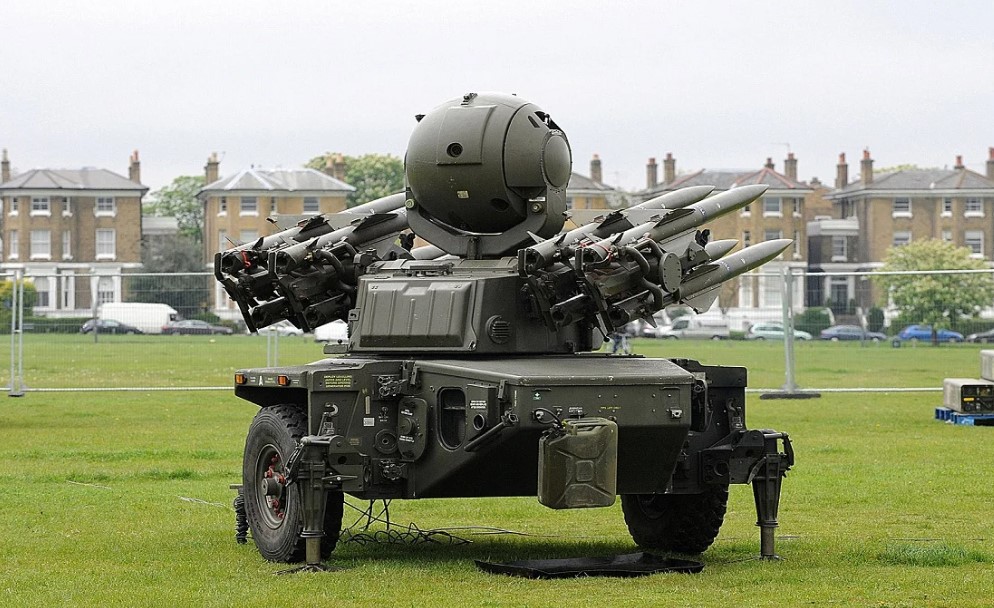
Switzerland could have transferred Rapier ground-to-air missile systems to their original manufacturer, the United Kingdom, and from there to be given to Ukraine, but instead, “true” to its neutrality, chose to withdraw them, causing the strong reaction of its European allies.
Specifically, in the near future, Switzerland will withdraw 60 Rapier ground-to-air systems, an anti-aircraft missile system originally developed by the British Aircraft Corporation (later MBDA UK) in the 1960s for the British Army and Royal Air Force (RAF).
The Rapier entered service in 1971 and was first used on the battlefield during the Falklands War.
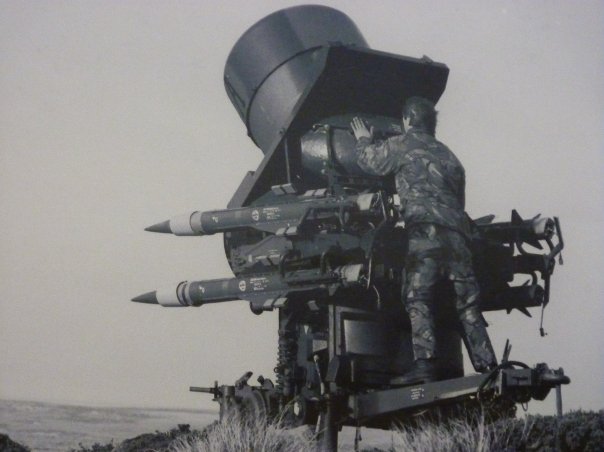
Switzerland acquired 60 Rapier systems in 1980, which were upgraded several times before being decommissioned and declared unfit for service late last year.
A first batch of Rapiers has already been dismantled and three more will follow, confirmed Kaj-Gunnar Sievert, a spokesman for Armasuisse, the Federal Office of Armaments of the Ministry of Defence in Bern.
These missiles are certainly old, but they are not completely obsolete, said Peter Schneider, former director of the Swiss Military Review, recalling that the British protected the 2012 London Olympics with Rapier missiles.
Therefore, they could very well be used even today against low-flying targets such as drones and helicopters, and even fighter jets in the Ukrainian theater of operations giving the Ukrainians yet another armament solution.

Rapier systems are capable of engaging low-altitude and highly maneuverable supersonic targets and can be towed behind medium-sized vehicles and armored personnel carriers. In fact, the missiles of the system in question are also airborne from aircraft or helicopters.
JERNAS, the export name for the Rapier FSC (Field Standard C) air defence system, was further developed by MBDA UK and is based on the Rapier Mk2 missile and launcher, which is in service with the British Army and RAF, the Blindfire target acquisition radar and the Dagger surveillance radar.
The launcher has eight ready-to-fire missiles mounted on launch rails on the sides of a rotatable turret. A full reload of the system is done manually in 2 minutes and no lifting aids are required.
Its technical characteristics include:
- Warhead: fragmentation high explosive with built-in multi-function laser proximity fuze
- Propulsion system: two-stage solid propellant engine
- Guidance system: infrared and radar in line of sight
- Maximum range: > 15 km with maximum altitudes of 5 km
- Endurance: 32 km
- IFF system (Identification Friend or Foe)
- Capability to detect more than 75 threats per second via passive sensor
- Self-defence system against anti-radar missiles
- Dual shot capability with a maximum projectile speed of Mach 2.5
Also read: Croatia | Acquisition of Mistral 3 air defence missile systems from MBDA
Various versions of the Rapier missile system are in service with nine countries. Oman, Malaysia, Singapore, Switzerland, and Turkey have upgraded these systems (Mk2), while the Australian Army withdrew its Rapier systems from service in November 2005.
As already mentioned, the system in question is also part of the arsenal of the Turkish Armed Forces, but it is being decommissioned and will be replaced by the domestically manufactured Hisar-A.
Also read: Aselsan | Modernized Oerlikon 35mm air defence gun to the Turkish Army – VIDEO
READ MORE
Lockheed Martin | Introducing the new Mako hypersonic multi-role missile
On the sidelines of the “Sea Air Space – SAS 2024” exhibition, Lockheed Martin unveiled the new Mako hypersonic missile.
Dragon Fire | UK Royal Navy’s laser system delivered 5 years earlier
The UK laser programme “DragonFire” is accelerating following a decision from the UK Ministry of Defence to install…
US Navy | First combat use of SM-3 Missiles
In a historic first, US Navy Arleigh Burke-class destroyers deployed Standard Missile-3 (SM-3) anti-missile interceptors in combat…
INIOCHOS 2024 | Allied fighters foster interoperability
NATO allied Air Forces along with regional partners come together at Andravida Air Base as Greece hosts the…
DEFEA Conference 2024 | Registration is now open
The DEFEA Conference, hosted by the international defence and security exhibition DEFEA – Defence Exhibition Athens…
Delphi Economic Forum IX | Christian Chatziminas on re-industrialization and high technology in entrepreneurship
Mr. Christian Chatziminas, Founder & CEO of THEON GROUP and President of the Hellenic Entrepreneurs Association, participated in…
Lockheed Martin | Introducing the new Mako hypersonic multi-role missile
On the sidelines of the “Sea Air Space – SAS 2024” exhibition, Lockheed Martin unveiled the new Mako hypersonic missile.
Heraklion | Aerial target washes up on beach – Taken for drone from Iran
Yesterday Sunday, intense confusion was caused on a beach in Heraklion, Crete, when an aerial target used in shooting ranges to test…








